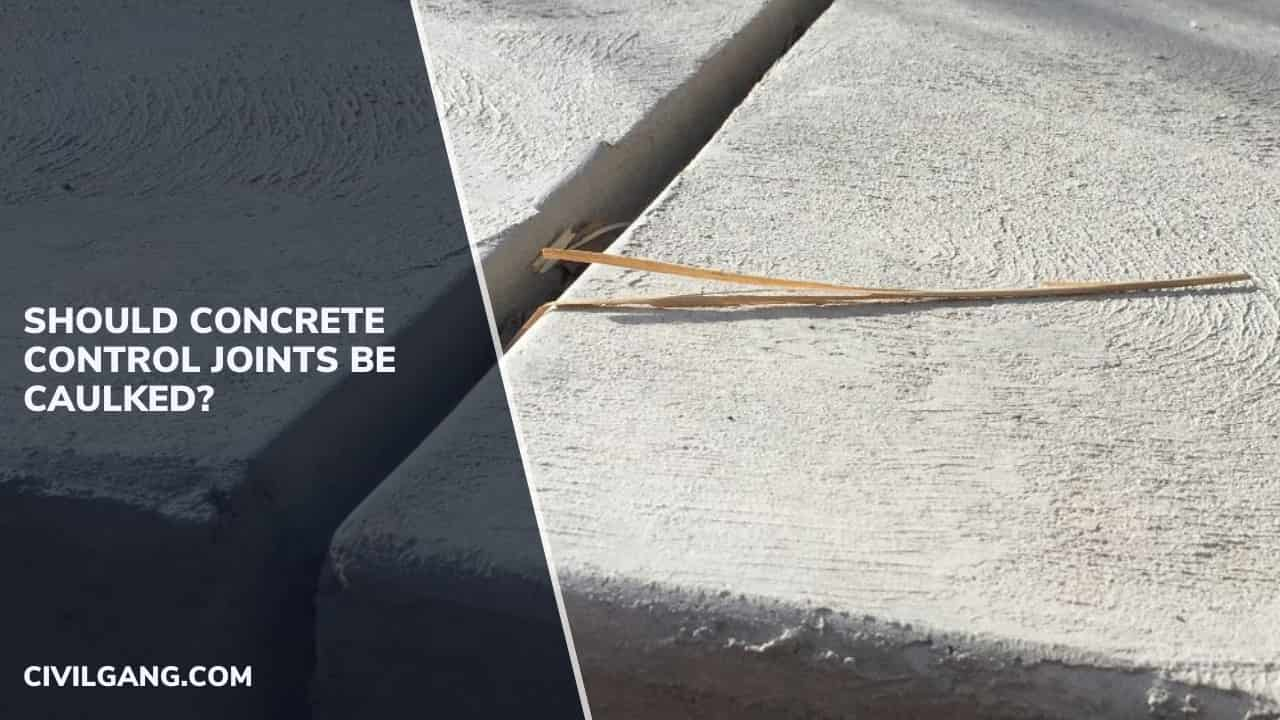
Should Concrete Control Joints Be Caulked?
The greatest threat to the satisfactory appearance of concrete and durability of concrete slabs is weather damage since concrete is a porous material absorbs water easily. This absorbed water can result in internal pressure and cracks by getting frozen up.
This circumstance is referred to as the freeze-thaw cycle. Concrete slabs having water under it can also get damaged with due time, as voids are formed in the weak unsupported areas of concrete which due course of time cracks.
So, to prevent all these problems sealing the surface of the concrete & filling the concrete control joints with the use of caulk is very much required, in order to retain the new look of your slab.
Cleaning and then sealing concrete is very important to preserve the beauty of the slab and resist the occurrence of cracks. But caulking control joints are similarly crucial and many times is overlooked.
Caulking the cracks and joints of your concrete is the best way to resist water from entering under the slab. It will help to prevent the entry and set of dust, weeds, organic material, and pollutants inside the joints.
It is preferred to use a high-quality, self-leveling caulk that would not shrink and would be quite flexible to remain in place counteracting the bit shift in concrete.
Why You Should Chaulk Concrete Control Joints?
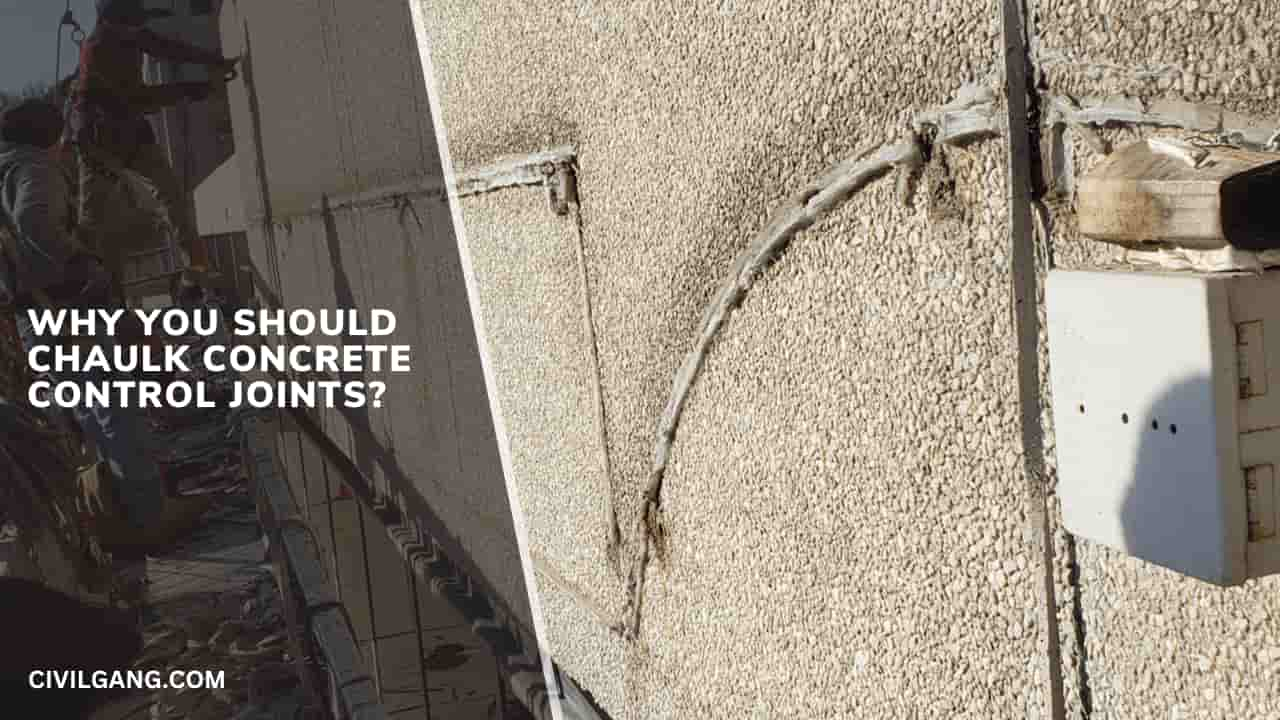
Control joints are the gaps left with an effective reason to counteract the changes in temperature affecting concrete and water absorption by concrete structures.
Concrete undergoes expansion and contraction due to the above-mentioned reasons which can lead to the occurrence of cracks in random areas. The control joints will release the pressure and prevent cracks.
Since the control joints are gaping between concrete sections, they are more vulnerable to a gathering of debris, growth of weeds, or collecting water.
The control joints are the gaps that will advance to the earth, from there growth of weeds, mold, fungus, and bacteria can occur, and water will penetrate into the soil. If joints are not sealed with caulk can result in various problems, some of which are:
1. Water Damage:
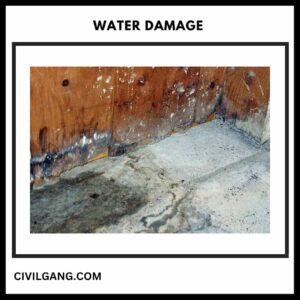
The main reason by far for concrete damage is water. The damage is generated because of the freeze-thaw cycle as well as water invading under-neath the slab.
If it is allowed that moisture enters control joints, then it can drain under the slab, which can with the passage of time affect the slab’s stability, resulting in heaves or crack.
Concrete being porous absorbs water, which can freeze. The water that has frozen expands resulting in an immense force on the concrete. If the force is large the concrete will crack.
Water invading under-neath the slab also affects the soil. It leads to erosion of the soil which is quite dangerous.
2. Debris:

Unsealed control joints will result in the filling of debris in the gap. This can cause various problems.
Organic material will cause moss, bacteria, and mold with the passage of time.
Caulking of the control joints will help prevent the entry of debris growth of dirt and other organic materials.
3. Weeds:
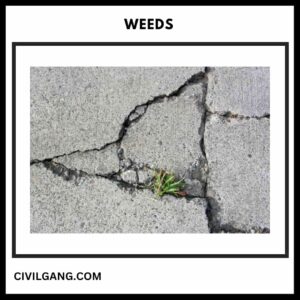
Weeds & Grasses are other big problems caused by unsealed control joints. A good thick base lay will also not prevent them from occurring.
Weeds consist of strong roots, which can work their way through hairline cracks, make them open much wider, and make them worse. Caulking would be a great way to prevent them from growing.
Also Read: Septic Systems in Clay Soil
Joint Caulking Vs Filling
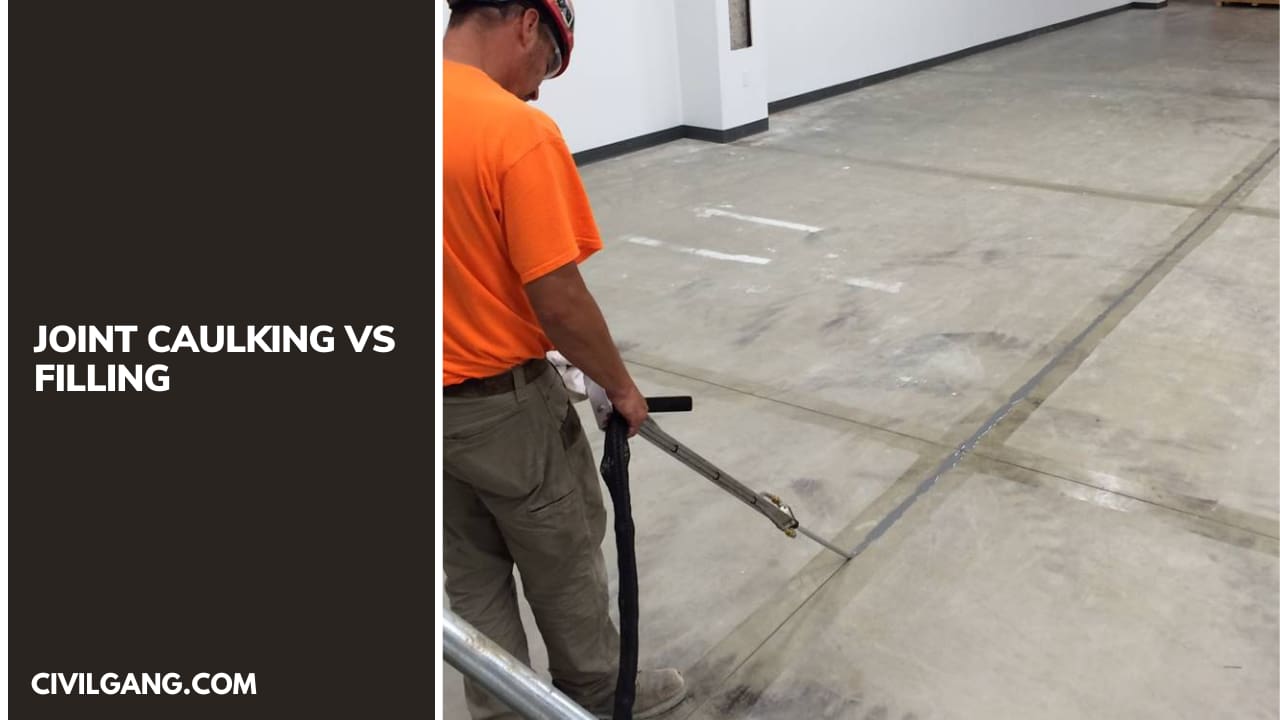
Joint caulking and caulking have a huge difference in them. Caulking with the use of high-quality concrete caulk is recommended rather than filling the gaps.
1. Joint Sealing:
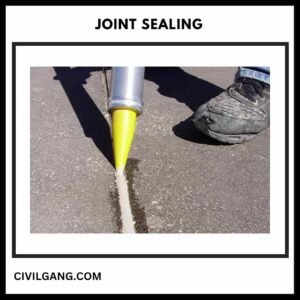
It is executed using self-leveling caulk. This type of caulk should be preferred use to seal control joints against moisture and other destructive materials. It is preferred for exterior concrete joints, but at the same time can also be used for interior concrete joints.
The caulk used is most of the time a soft and flexible one. This type of work can generally be used temporarily and can be re-applied and removed as and when required.
2. Joint Filling:
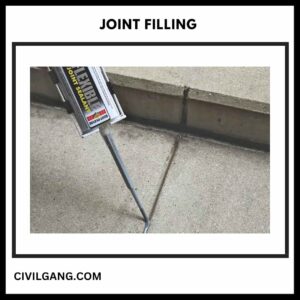
Material to be used for joint filling is generally hard in nature, non-flexible, stiff, and for permanent use.
They are applied for interior use.
So, the main and considerable difference between control joint fillers and sealants is their flexibility. An example of joint filler used is mortar or grout.
They perform better in a controlled environment like interior spaces, where there is no problem of getting wet and temperature change-related problems.
Caulk is best suited for exterior purposes, as being flexible can counteract environmental changes, and perform well in numerous conditions.
How to Caulk Concrete Control Joints?
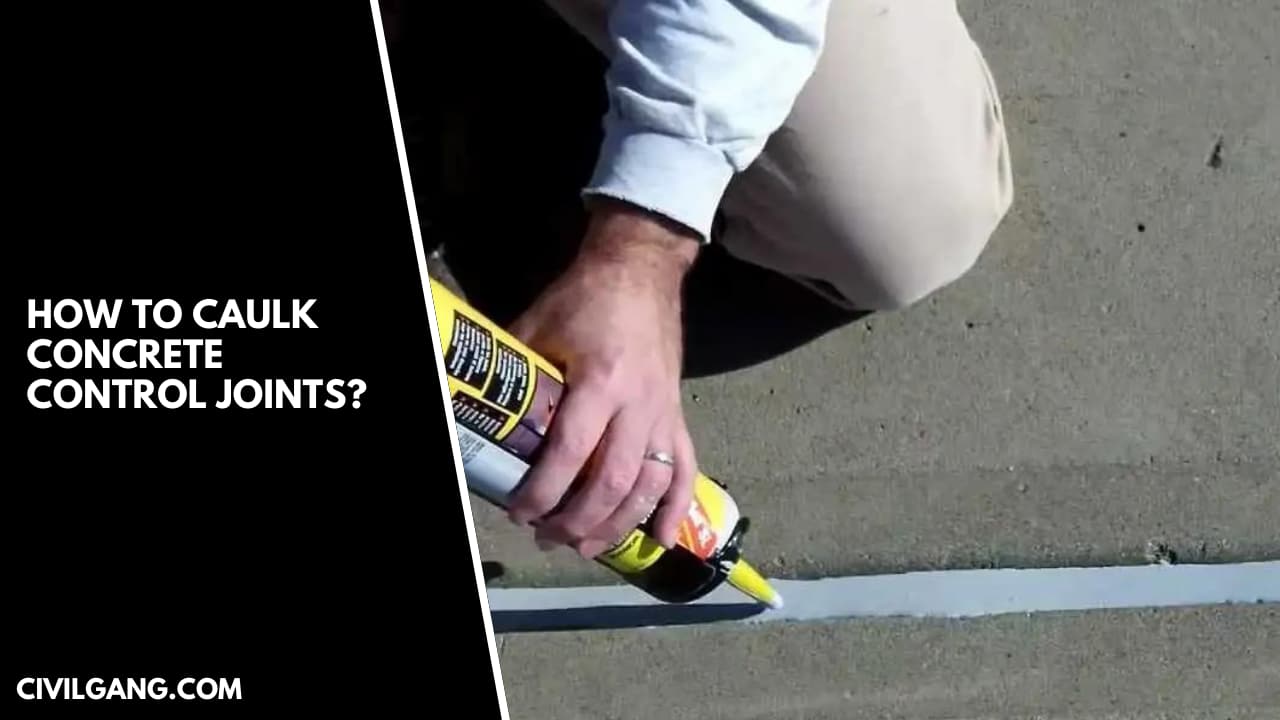
The initial step in caulking control joints is to make sure they are clean. A pressure washer is applied to get rid of any kind of dirt or debris. A low-pressure setting is to be used.
The right type of caulk is to be chosen for the job. One that is self-leveling and flexible is to be bought. Though it will cost a bit high the work will be quite effective. Non-self-leveling caulk can be quite messy.
The list of materials & tools that will be required are as follows:
- Caulk.
- Cleaning Supplies.
- A Caulk Gun.
- Hose or Pressure Washer.
Silicone or polyurethane-based caulk is recommended to be used to seal the concrete control joints. Both of them are quite durable and flexible in nature.
Silicon will last for a longer time than polyurethane since silicon has a better capacity to prevent degradation. While silicon is harder to work with.
A good quality caulk gun having a pressure release button is to be used. In the absence of the release, caulk will continue to shoot out the tip of the gun after the handle has been released. This would lead to mess around the concrete and the worker.
Frequently Asked Question(FAQ):
Should Concrete Control Joints Be Caulked?
Even expansion joints in your concrete driveway should be caulked. They can be the biggest culprit of water under your slabs. Notice how the caulking is slightly lower than the concrete slab around it. This protects the caulk from wear and tear of people walking and driving over it.
Expansion Joint Caulking
Caulking is the number one defence against water and air infiltration. By stopping air and water from entering into the expansion joints, caulking can help to prevent mould growth, material deterioration, and moisture issues within the expansion joint systems.
Caulk for Concrete Cracks
That means Loctite PL Concrete Non-Sag Polyurethane Sealant is the right choice: it’s a concrete caulk that is suitable for repairing cracks in vertical and horizontal surfaces and bonds to concrete, brick, stucco, metal, wood, vinyl, fiberglass, and other substrates.
Do Concrete Control Joints Need to Be Sealed?
Sealing joints in your concrete structures is key to prolonging the life of a concrete structures. Joints in slabs are critical for relieving stress to prevent cracking but they are also the weak point when it comes to traffic. Joints in containment structures are the main route liquids take to get to the ground.
Joint Sealant
Joint sealants are used to seal joints and openings (gaps) between two or more substrates and are a critical component for building design and construction.
Elastomeric Joint
Bridge expansion joint is capable of sustaining loads and movements up to 330 mm without damaging the surface or supporting structure during its working life. It has good riding quality and skid resistance that is not hazardous to all road users.
Can I Use Spackle Instead of Caulk?
What’s the difference between spackle vs caulk? To sum up the difference between spackle vs caulk, caulk is to be used to fill in corners and gaps between two materials, whereas spackle should be used to fill nail holes and other damage on flat surfaces (walls and/or trim). Spackle can be sanded and caulk cannot.
Wood Filler Vs Spackle
Wood filler is designed to cling and stick to wood, whereas spackle is made to adhere to drywall, stone, and plaster. This is one reason why you should stick to wood filler for wood and spackle for walls.
Caulk or Wood Filler for Miter Joints
Do you use caulk or wood filler for miter joints? Usually the goal of a miter joint is to make 2 pieces of wood look like one. For this reason, you will want to use wood filler, sand smooth, and then stain or paint as if it was one piece.
Best Concrete Joint Sealant
The best option for sealing expansion joints is a flexible silicone sealant like Concrete Elite from Silicone Depot. Concrete Elite lasts up to 10x longer than common polyurethane sealants.
Like this post? Share it with your friends!
Suggested Read-
- Septic System for Clay Soil
- Do Fence Post Anchors Work?
- Does Concrete Resurfacing Last?
- How to Hang a Picture on a Brick Wall?
- How to Sand Concrete Walls | Can You Sand Concrete Walls | How Do You Sand a Concrete Wall | Wet Vs. Dry Concrete Sanding
- Why Does Concrete Get Hot | Benefits of Hot Concrete | How Much Heat Is Generated by Curing Concrete | Why Curing Produces Heat
Leave a Reply